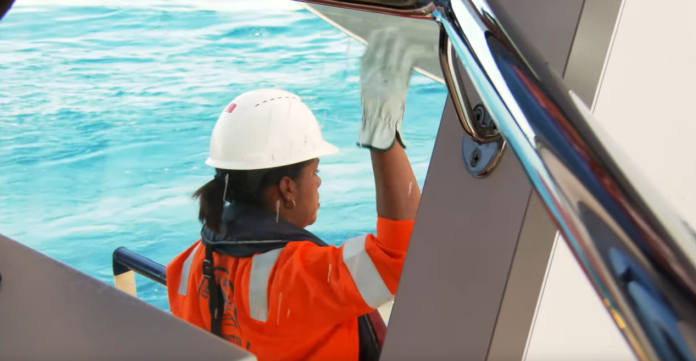Little has changed for the picture of bullying and harassment for those working at sea since 1995 with it remaining a challenge for the maritime industry particularly among women.
A review of the problem of bullying and harassment in a scientific article by Cecilia Österman and Magnus Boström at Kalmar Maritime Academy at Linnaeus University showed that not much had changed since the first study on the topic back in 1995.
The article “Workplace bullying and harassment at sea: A structured literature review”, published in Marine Policy covers a systematic review of published scientific literature on bullying and harassment at sea.
The article found that between 8% and 25% of all seafarers were subject to bullying and harassment at work, a figure that rises to over 50% for women seafarers.
“Even though research on bullying and harassment at sea is receiving more attention, there is a general need for future research, and intervention studies in particular,” said Boström.
It was noted that seafarring is characterised to a large extent by insecure employment – most crew work on contracts, high workloads, and the sometimes contradictory requirements to work both efficiently and safely. Seafaring also has the added dimension of living within the confines of the place of work.
“One factor that contributes to the fact that the maritime industry is particularly at risk of workplace bullying and harassment is the fuzzy boundaries between work and private life on ships where the crew work and live together, often for long periods at a time. This makes it even more important to have well-functioning leadership and interpersonal relationships in the social environments,” Österman explained.
In an industry that already struggles to find new recruits and faces a shortage of skilled labour in future there is a need to address working conditions and culture onboard vessels.
“We must ask ourselves new types of questions to gain better and deeper insights about the work conditions on board,” the authors said.
“Considering the predicted future shortage of qualified people for the maritime industry, measures are needed to improve the recruitment of new personnel and to retain existing staff. This is about protecting seafarers from bullying and harassment and safeguarding the well-being of all people at sea regardless of age, gender, ethnicity or sexual orientation.”
Copyright Ships & Ports Ltd. Permission to use quotations from this article is granted subject to appropriate credit given to www.shipsandports.com.ng as the source.

